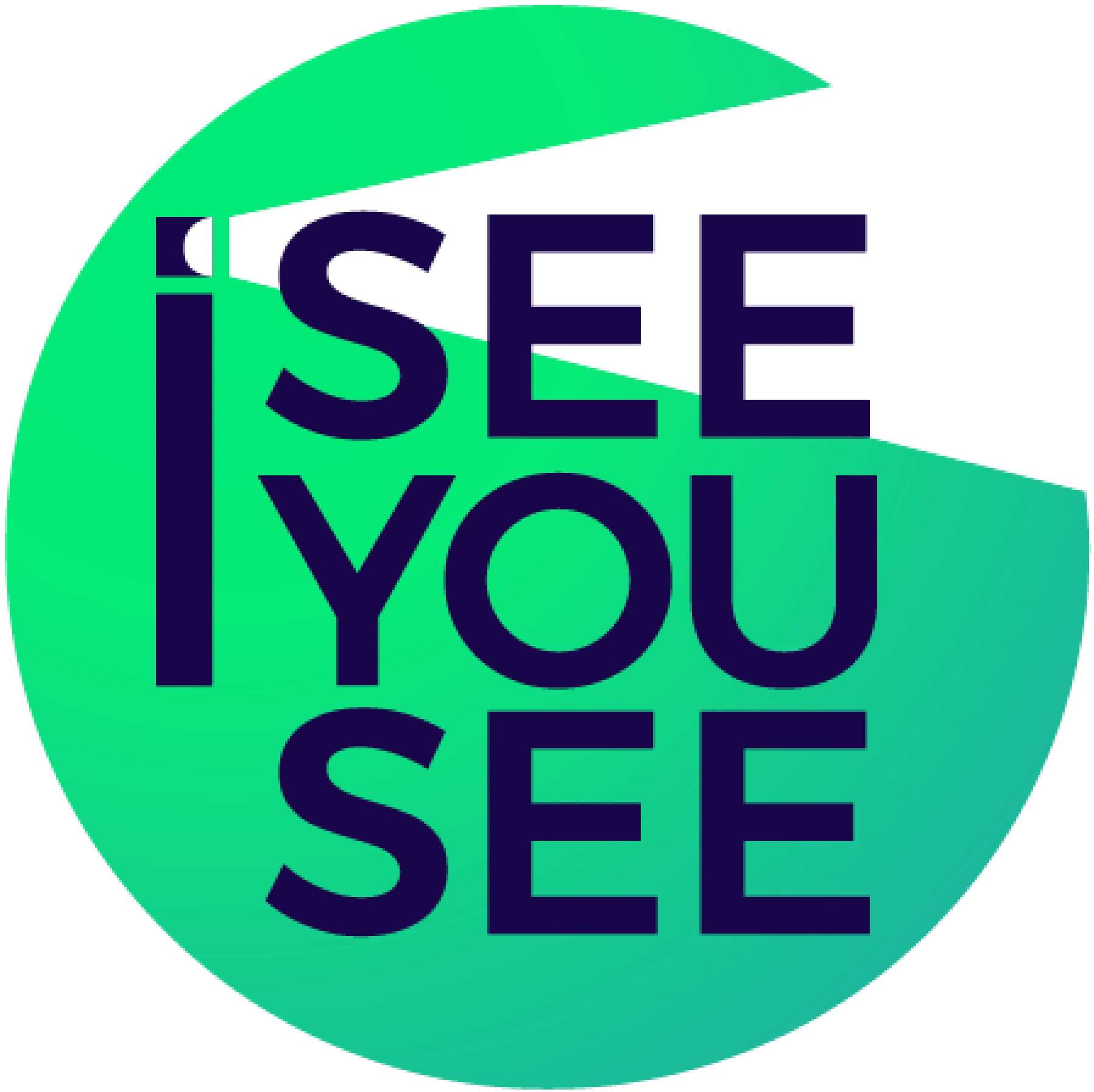What is Tagging
Tagging refers to the process of creating a hyperlink to another user's profile within a piece of content on social media. This action associates the content with the tagged individual's account, often notifying them and making it appear within the feed of their connections or followers.
Importance of Tagging
The importance of tagging in the digital landscape extends beyond simple user interaction. Tagging other users, pages, profiles, keywords and more is a crucial component in enhancing the visibility and reach of content, driving engagement, and fostering community building within social media ecosystems.
Benefits of Tagging
Tagging carries numerous benefits, such as:
- Increased Exposure: By tagging users or pages, content can tap into wider networks, leading to higher visibility.
- Engagement Boost: Tagged individuals are likely to engage with the content, amplifying interactions.
- Networking: It facilitates connections between brands, influencers, and audiences.
- Content Categorization: Tags act as searchable keywords that help categorize content for easier discovery.
Types of Tagging for Each Social Media Channel
- Facebook: Here, tagging can be used in status updates, comments, or in photos and videos to notify friends or pages, which often leads to content being shared within multiple networks. Example: Tagging a participant in an event photo to highlight their presence.
- Twitter: On Twitter, tagging is accomplished with @mentions within tweets to draw the attention of other users or brands. Example: Mentioning a thought leader in a tweet to prompt a discussion.
- Instagram: Tags on Instagram can be in captions or stories, and users can also be tagged directly in images and videos. Example: Tagging a collaborator in a post to credit their contribution.
- LinkedIn: Tagging in LinkedIn involves mentioning individuals or companies in posts or articles to expand professional networking. Example: Citing a company in a post about a successful partnership.
- YouTube: While not tagging in the traditional sense, YouTube allows users to ‘tag’ their video content with keywords that improve the content’s searchability. Example: Including trending keywords in video tags to improve discovery chances.
- Pinterest: Tagging on Pinterest is unique in that it connects pins to users or boards, which can then appear on their profile or get recommended to others. Example: Pinning an influencer’s post to a board to leverage their following.
Challenges and Considerations in Tagging
While the benefits of tagging are clear, careful consideration must be taken to avoid potential pitfalls. Tagging indiscriminately can lead to several issues:
- Over-Tagging: Excessively tagging users who may not be relevant or interested can be viewed as spam, which could lead to negative perceptions or even blocks from other users.
- Privacy Concerns: Users should be mindful of others’ privacy preferences before tagging them in content, especially in photos or sensitive posts.
- Relevance to Content: Tags should always be relevant to the content; irrelevant tagging can confuse your audience and dilute your message.
- Brand Perception: When brands tag users without consent, it may affect their reputation negatively if perceived as intrusive or promotional.
- Tagging Etiquette: It is important to adhere to the unwritten rules of tagging etiquette, respecting the community norms and guidelines of each platform.
Responsible tagging practices ensure that this tool is used effectively and respectfully, thereby upholding the quality and integrity of the social media community at large.
In summary, tagging is a powerful tool on social media that should be approached thoughtfully to ensure it aligns with networking goals and audience engagement strategies.
If you’re seeking support with your social media community management and strategy, explore our suite of services, like social media listening. Schedule a call with us to get started.
